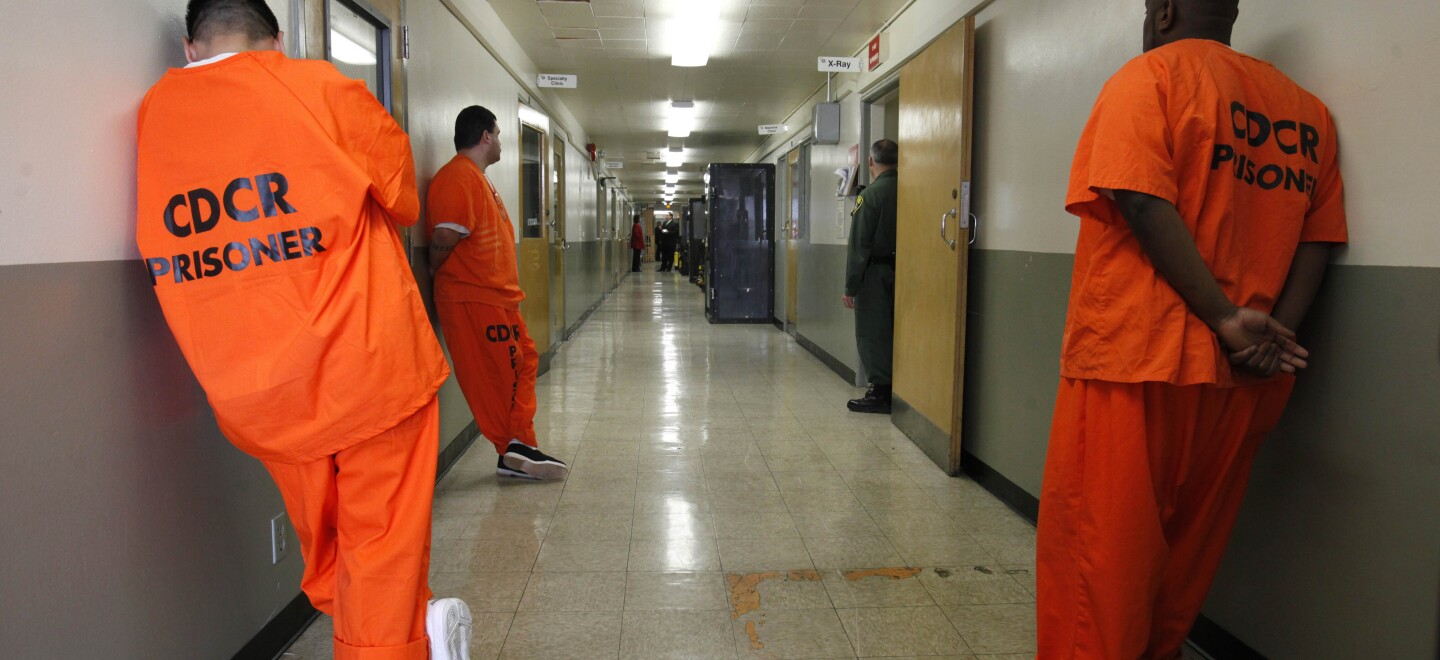
In the past, California’s overcrowded prisons led to the development of numerous prisons, but after a decade of reforms and releases due to COVID-19, the number of inmates in California prisons has decreased to around 95,000. As a result, Caitlin O’Neil, a Legislative Analyst’s Office analyst, believes that the state can close up to nine of its 33 prisons and eight yards within operating prisons while complying with a federal court order that caps the system’s capacity.
The state’s decision to close prisons signifies a shift in California’s criminal justice policies, leading to fewer costs for the $18 billion prison system. Since 2019, Governor Gavin Newsom has effectively closed two prisons and has plans to shut down at least two more. After the California Correctional Center in Susanville closes in June, another two prisons, in Blythe and California City, will be closed by March 2025.
According to the LAO’s analysis, the California Department of Corrections and Rehabilitation can close five more entire prisons by 2027, as the department operates 15,000 empty beds, with that number expected to increase to 20,000 empty beds by 2027. However, some communities are resisting the closures. For instance, officials in Blythe are working on lobbying for local jobs, and residents fear that closing prisons will lead to job losses.
Prison abolitionists like Woods Ervin believe that the closures are positive but are hoping that the state will redirect funds to the communities that lose a prison and to the home communities of the people who were incarcerated.
As Assembly Budget Committee Chairman Phil Ting acknowledges, the LAO report is significant, but it is challenging to determine how to implement the closures since the prison system has not provided sufficient information about which facilities it plans to close.
Ting has experienced difficulties getting basic information from the prison system and wishes to know how the system chooses which facilities to mothball. The cost of keeping a person incarcerated for a year in California is about $106,000.
Consequently, political support for this expense is diminishing, particularly among Democrats. O’Neil suggests that the state avoid spending money on significant capital improvement projects at prisons, only to decide to shut them down later. However, determining which facilities to close based on their infrastructure needs has been a frustrating analysis for lawmakers.